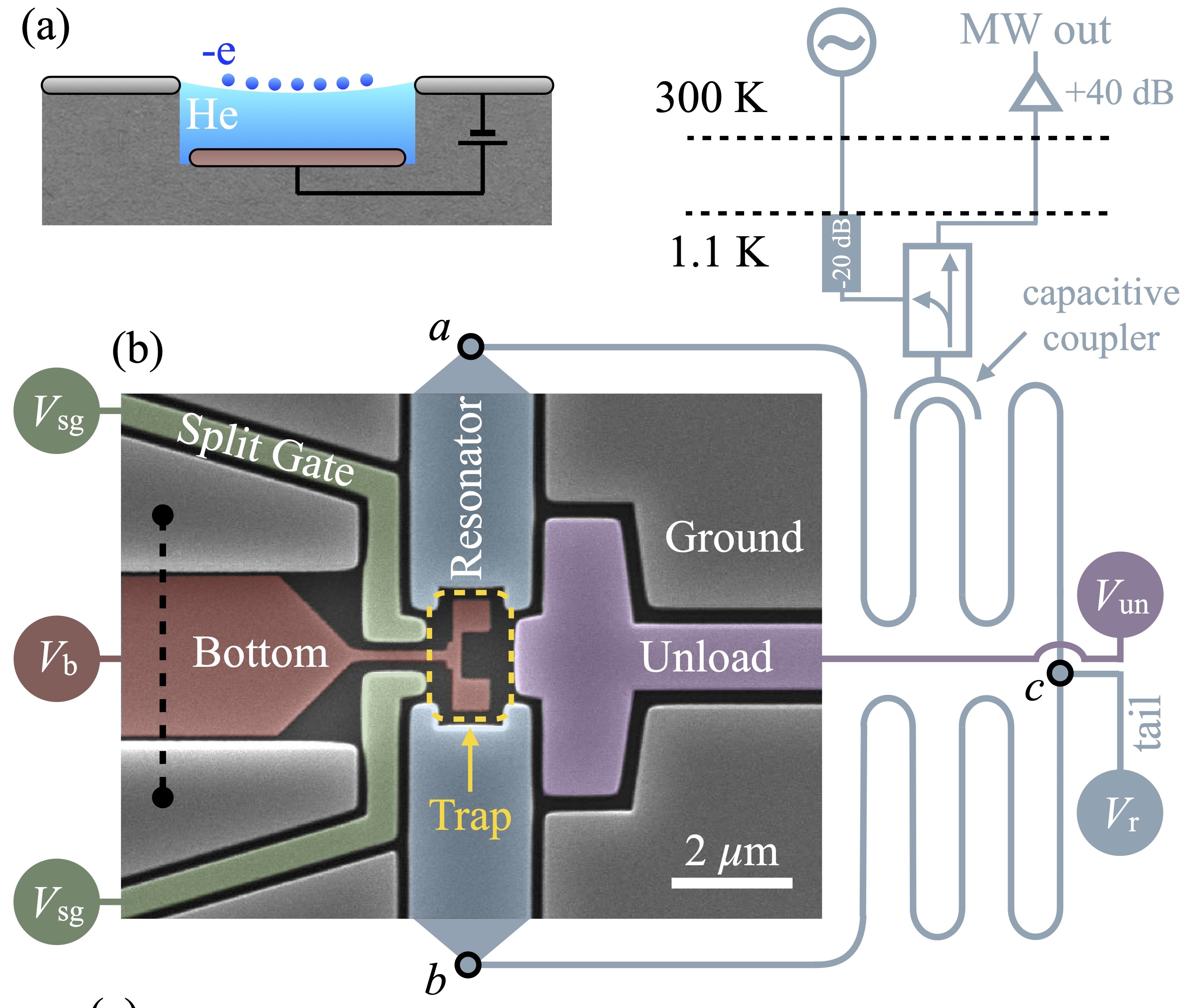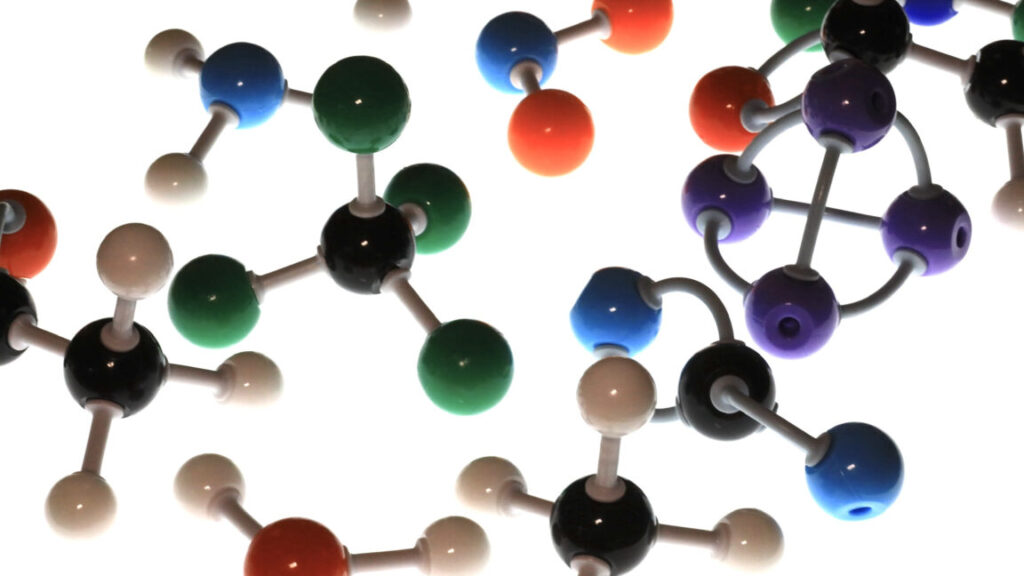Floating electrons on a sea of helium
By now, a handful of technologies are leading contenders for producing a useful quantum computer. Companies have used them to build machines with dozens to hundreds of qubits, the error rates are coming down, and they’ve largely shifted from worrying about basic scientific problems to dealing with engineering challenges.
Yet even at this apparently late date in the field’s development, there are companies that are still developing entirely new qubit technologies, betting the company that they have identified something that will let them scale in ways that enable a come-from-behind story. Recently, one of those companies published a paper that describes the physics of their qubit system, which involves lone electrons floating on top of liquid helium.
Trapping single electrons
So how do you get an electron to float on top of helium? To find out, Ars spoke with Johannes Pollanen, the chief scientific officer of EeroQ, the company that accomplished the new work. He said that it’s actually old physics, with the first demonstrations of it having been done half a century ago.
“If you bring a charged particle like an electron near the surface, because the helium is dielectric, it’ll create a small image charge underneath in the liquid,” said Pollanen. “A little positive charge, much weaker than the electron charge, but there’ll be a little positive image there. And then the electron will naturally be bound to its own image. It’ll just see that positive charge and kind of want to move toward it, but it can’t get to it, because the helium is completely chemically inert, there are no free spaces for electrons to go.”
Obviously, to get the helium liquid in the first place requires extremely low temperatures. But it can actually remain liquid up to temperatures of 4 Kelvin, which doesn’t require the extreme refrigeration technologies needed for things like transmons. Those temperatures also provide a natural vacuum, since pretty much anything else will also condense out onto the walls of the container.

The chip itself, along with diagrams of its organization. The trap is set by the gold electrode on the left. Dark channels allow liquid helium and electrons to flow into and out of the trap. And the bluish electrodes at the top and bottom read the presence of the electrons. Credit: EeroQ
Liquid helium is also a superfluid, meaning it flows without viscosity. This allows it to easily flow up tiny channels cut into the surface of silicon chips that the company used for its experiments. A tungsten filament next to the chip was used to load the surface of the helium with electrons at what you might consider the equivalent of a storage basin.
Floating electrons on a sea of helium Read More »

